Here’s some interesting reading while you ponder this:
Servicing your dash air doesn't have to be difficult. In this article we examine how to test, troubleshoot and recharge your RV's air conditioning system.

www.rvtechmag.com
I’m not very familiar with DP dash AC systems but I should be, and your post got me thinking. I’ll be interested to hear your findings on this one. The many links in the third post in the FMCA link are a good resource.
The problem with leak detection is the 40’ run from your dash to the compressor. Also this means that you system takes a lot more refrigerant than conventional automotive systems. But you can see the compressor from the door side rear compartment so the first thing to check is whether or not it is engaging when running and calling for AC. If you are just seeing the pulley spinning but the center part isn’t engaging, you are probably low on refrigerant. The question then would be why which as I said on these things could be difficulty to identidy.
But the charge ports are easy enough to get to (upper pass side corner under the front hood) so you could just start adding refrigerant (up to 5lbs or more) until the compressor comes on (or doesn’t). As I said I’m no expert here but I’ve done a lot of “standard” auto AC recharges. And in most (if not all) cases, ultimately there was a leak involved.
If you decide to try a recharge to see what happens, this is a good little primer on the subject:
AC compressor (hard to get to but easy to see)
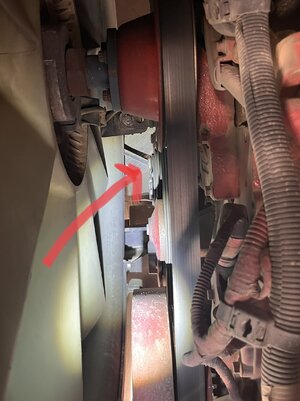
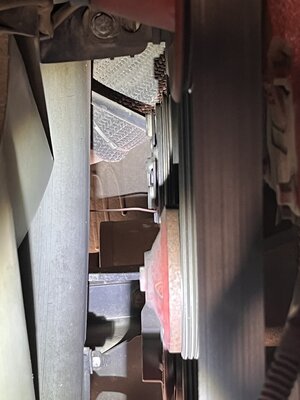
Refrigerant ports (upper passenger side front)
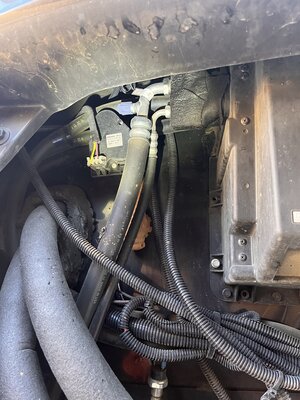
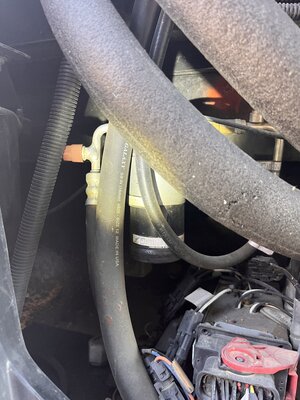
Cheap one-gauge AC charging gizmo (avail at any auto parts store, usually included with purchase of a two 1lb can kit)
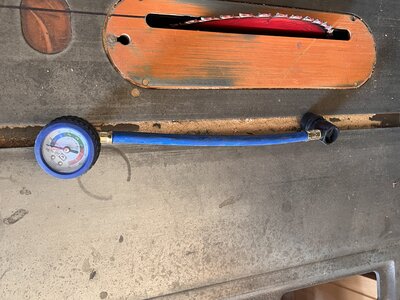
If you add 4lbs or so and the compressor starts kicking in, you know it was low, just not exactly why. But if its a really slow leak, that may get you through the season.




